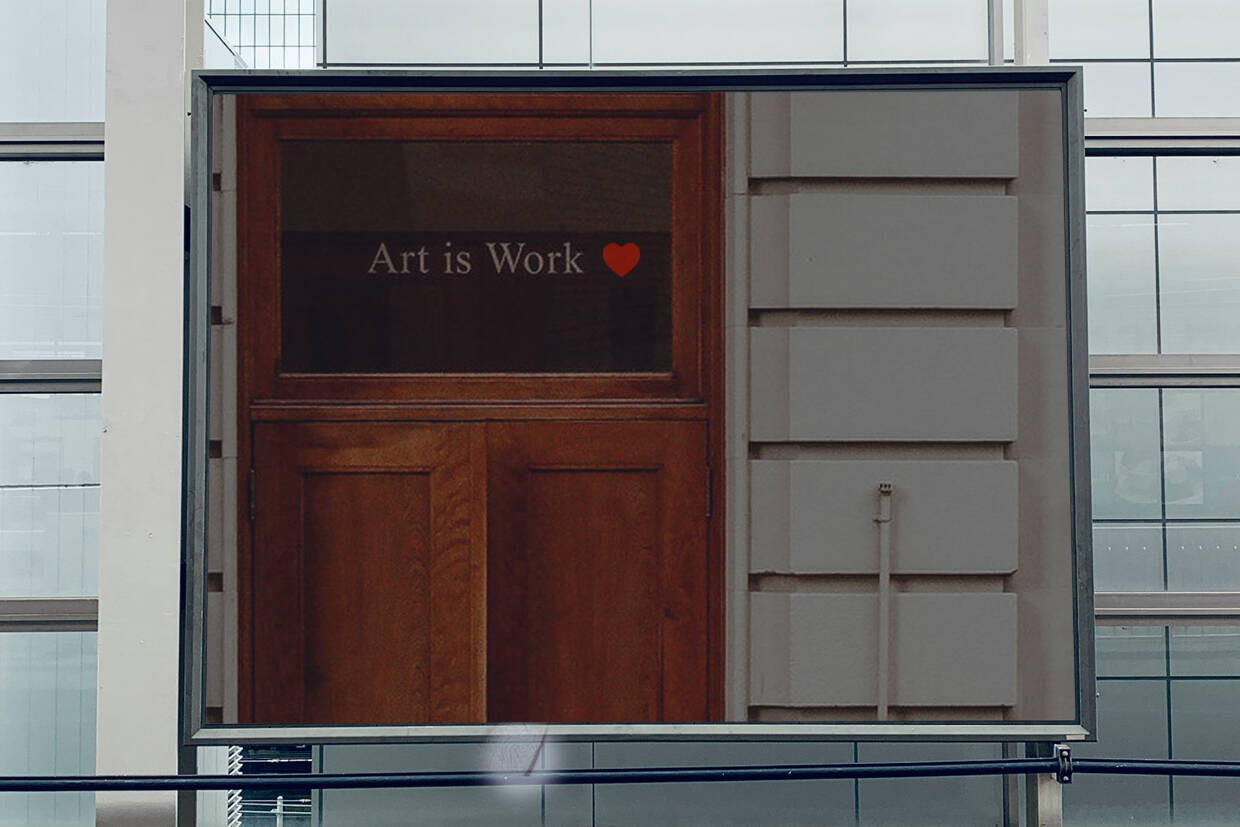In the pursuit of enhanced focus and productivity, I embarked on the journey of designing my ideal week. The revelation was profound – a blueprint for a structured framework that not only organized my days but empowered me to theme them with purpose. Delving into the intricacies of each day and even parts of the day, I found a rhythm that resonated with my goals. It’s about understanding the value of time, recognizing the power of focus, and creating a space where innovation and creativity can flourish. Here are some of the ideas I implemented.
- Themed Days:
- Designate specific themes for each day of the week. For example, Mondays could be focused on strategic planning, while Fridays could be dedicated to creative endeavors. Having themed days adds predictability and helps align tasks with mental energy levels.
- Time Blocking:
- Implement time-blocking techniques to allocate dedicated time slots for different types of activities. This ensures that specific tasks are given the attention they deserve without overwhelming your schedule.
- Prioritization Exercise:
- Conduct a weekly prioritization exercise where you identify the most crucial tasks for the upcoming week. This helps in setting clear goals and ensures that important tasks don’t get lost in the shuffle.
- Strategic Workload Reduction:
- Embrace the power of saying “no” to new projects, especially when your plate is already full. Clearing the clutter allows for a more focused and intentional approach to work.
- Digital Detox Periods:
- Introduce digital detox periods during parts of the day to minimize distractions. This can involve turning off email notifications or setting specific times for checking messages, allowing for deeper concentration.
- Regular Review Sessions:
- Set aside time each week for a review session where you reflect on what worked well and what could be improved in your weekly framework. Use these insights to make adjustments and refine your approach.
- Batch Processing:
- Group similar tasks together and tackle them in batches. This minimizes context-switching and enhances efficiency. For instance, designate a specific time for responding to emails or handling administrative tasks.
- Mindfulness Practices:
- Incorporate mindfulness practices, such as meditation or short breaks, into your daily routine. These moments of reflection can enhance mental clarity and contribute to overall well-being.
- Project Margin:
- Intentionally build margin into your schedule by allowing buffer time between tasks and projects. This provides flexibility for unexpected challenges and prevents burnout.
- Create a Workspace Ritual:
- Establish a ritual at the beginning and end of each workday to signal the transition into and out of work mode. This could be a brief reflection, setting intentions for the day, or a simple routine that creates a mental boundary.
Share these ideas as actionable steps that individuals can adapt to their unique circumstances. Encourage experimentation and emphasize that designing an empowering weekly framework is an evolving process that requires self-reflection and adaptation.
Related Posts
December 2, 2024
The Value of Design: Why Companies That Embrace Design Succeed
In a world where we are constantly bombarded with visual content—ads, apps,…
January 11, 2024
Everyday Inspired by the Beauty of the Mountains
Last summer, I hit the road, chasing the silhouette of the Rockies and an…
March 25, 2022
Pros and Cons of a Brand Refresh
Considering a Company Rebrand: Pros and Cons As seen with Pepsi's bold…




